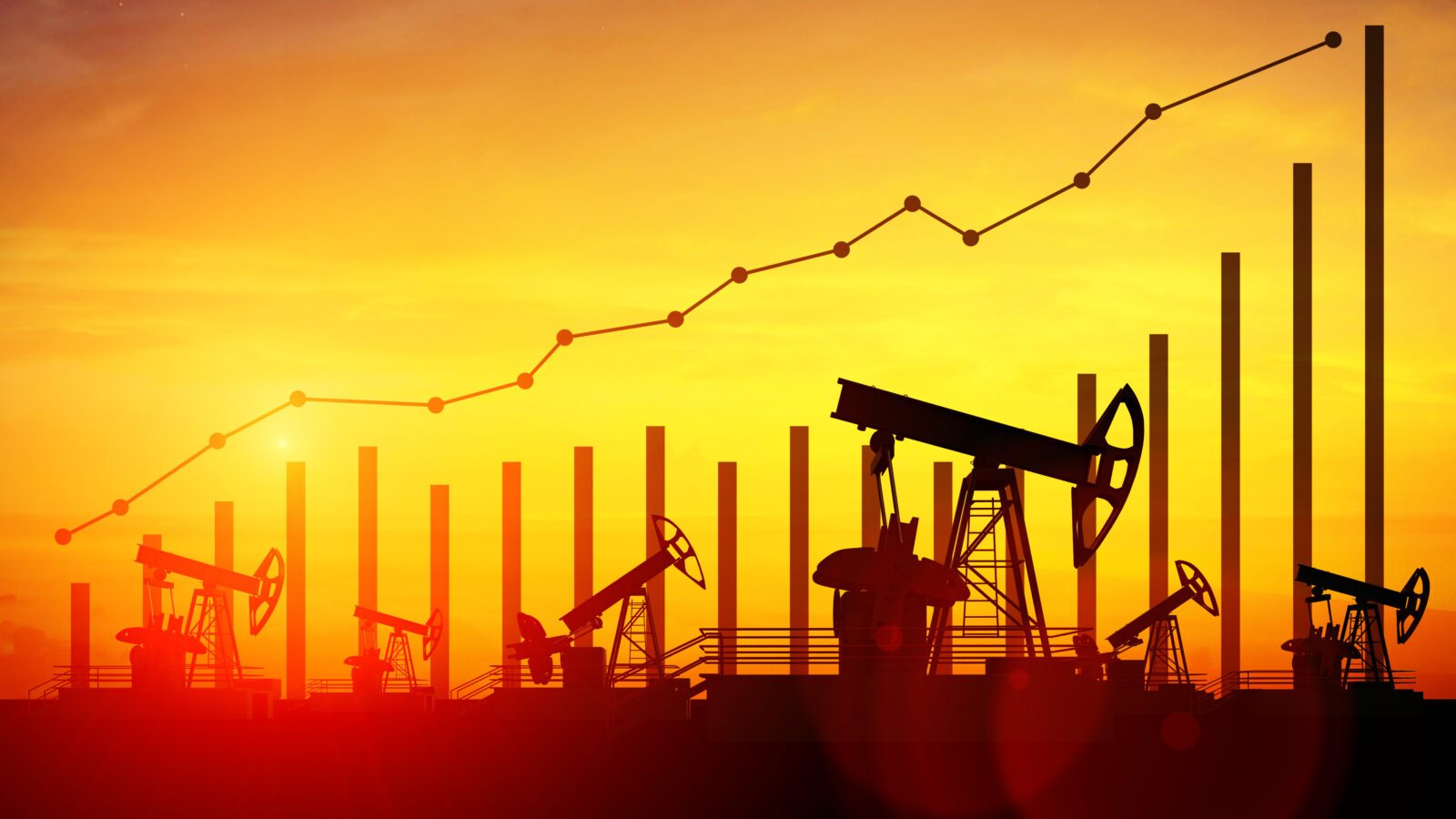How is the price constructed?
You cannot simply link the high fuel price directly to the price of crude oil. This price is formed by the influence of all kinds of factors, ranging from production costs, government excise duties and taxes, over natural supply and demand to the local market.
-
Production costs:
The factor of production is easy to figure out, the higher the costs to get the product to the pump, the higher the price of the product. This includes everything from the extraction of the crude oil, transport and storage costs and any marketing & promotion. The government also monitors this, via the program agreement, there is a maximum price for this part of the equation.
-
Supply and demand:
This economic term is of course important in any price setting. The higher the demand and lower the supply, the higher the price.
-
- Demand for crude oil and refining products continues to rise. Especially from China, India and America. The faster this demand continues to rise, the more pressure it will have on the price. Although pressure is increasing in many countries to switch to other alternative and more environmentally friendly fuels, the demand for crude oil continues to rise.
- The offer also depends on several factors. The refineries are currently running at full capacity. Building new and additional refineries is possible, but it is also an investment thathas an effect on to the price. In addition, the offer also depends on the supply of crude oil. Things like war in Ukraine, instability in the Middle East are putting pressure on supplies and a rise in price. When it is not certain whether there will be sufficient supply due to such circumstances, the energy market will panic.
This often recovers after a few days or weeks, but a long instability in Russia, for example, can put enormous pressure on the price. Weather conditions, for example hurricanes in the United States, can also have an impact and there are also seasonal effects (e.g. in the winter the demand for diesel & kerosene to heat homes & offices is greater), since crude oil is traded on the free market. you also have an influence of market speculation and finally there are the currency fluctuations. Crude oil is traded in the US dollar and any exchange rate of the currency naturally affects its price.
-
Taxes and excise duties:
The government also plays a role in the price setting, not only for the maximum price, which we will come back to later on. But especially with taxes & excise duties. The amount of excise duty is determined by the federal government for each fuel product, and this in absolute value (euro cents per litre). Concretely, this means that the amount of excise duty does not change when the crude oil price changes. In addition, you also have to pay the VAT of 21% on the fuel.
This comes after the excise duties and both therefore also have a strong influence on the price. The cliquet system or the reverse cliquet system that the government can introduce also plays a role. The aim of this is, on the one hand, not to let the price drop too fast in order to continue to encourage people to look for environmentally friendly alternatives, this is the cliquet system, and on the other hand not to let the price skyrocket too much, the reverse cliquet system, in which the government to lower excise duties & VAT in order to temper the price.
-
Local market:
Of course the local market also plays a role. Local competition creates the price differences you see between one region and another. When a gas station lowers its prices, the other competitors in the neighbourhood have to follow. However, if the price falls too low, they will no longer be able to cover their operational costs and will be obliged to increase their price again at some point, within the limits of the program agreement, of course.
-
Maximum price:
The last influence on the price is also the maximum price that the government sets. The program agreement provides for a maximum price set by the government. Fuel traders are not allowed to pass this maximum. This is sometimes adjusted more slowly than the market would like.
In the meantime, the government has decided to temporarily lower excise duties and VAT on fuel.


